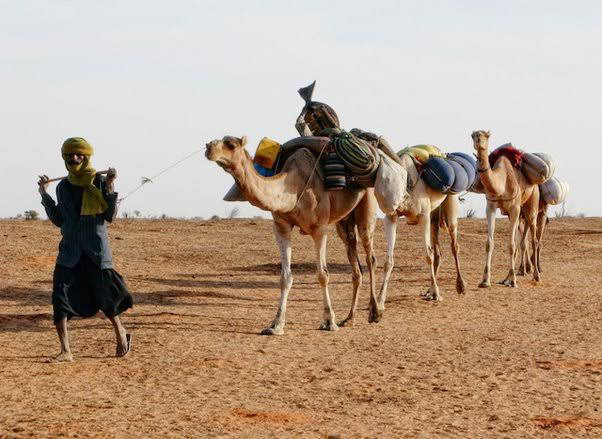Episode 3: The Trans-Saharan Trade Routes by Mutohhir Abdulhamid Olanrewaju
Accounts vary regarding Islam's initial contact with West Africa, with some suggesting the 7th century, while historians generally place it in the 8th century. In the first half of the 8th century, Islam started making its way through the Trans-Saharan trade routes from North to West Africa. After Arab conquerors overran Umayyad rulers, military expeditions and slave raids were organized into the Southern region of Morocco and as far south as the ancient boundaries of Ghana.
One expedition not only returned with slaves but also brought back significant quantities of gold. The influx of gold prompted the Umayyad governor to seek ways to ensure continuous supplies from West Africa. To achieve this, AbdulRahman, the appointed Ifriqiyyah in 745 C.E, ordered fortifications along the trade routes from southern Morocco across the West Sahara to West Africa.
The next stage in the early contact between West Africa and Islam involved Muslim merchants, mainly of Berber stock, venturing into West Africa attracted by the prospect of abundant gold. Before the 8th century, North African merchants engaged in trade with the people of the Sahara and West Africans from ancient Ghana and the Kanem-Bornu region. During this time, North Africa's primary interests were obtaining slaves and food stocks in exchange for clothes, salt, and horses.
Attracted primarily by the promise of obtaining commercial quantities of gold, a precious commodity in the Muslim world used as a medium of exchange, North African Muslims increasingly settled in commercial centers along or at the termini of the Trans-Saharan trade routes. Their settlements facilitated direct contact with the people of West Africa.




Comments
Post a Comment